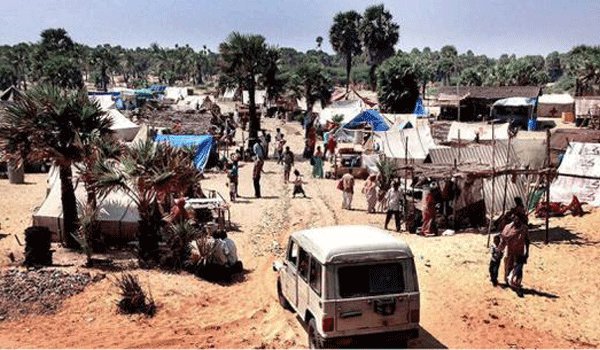“Moving around the set amid the bodies in an advanced stage of decomposition after days of neglect disturbed me a lot,” said Mr. Navas, who closely watched the last phase of the civil war clippings and a full documentary.
Sri Lankan Tamil writer and activist Shobashakthi, who migrated to France, when he was 25 years old, has played the lead role in the film, poignantly narrating the lives of three Sri Lankan Tamils.
Mr. Navas said he used special rubber imported from Germany for creating human bodies to give them a natural look and special effects.
“We shot a few scenes and sent them for the approval of director of the film Jacques Audiard. He was impressed with our creations,” said Mr. Navas, a native of Manamadurai, who began his career under noted art director Sabu Cyril, and later his student Selvakumar.
For the film Dheepan , he created the settings for the post war scenes and the house in London where the hero of the film lives. The scenes were shot at Pirappan Valasai in Ramanathapuram district and the last scene at a location in Ooty.
“The French crew itself is capable of creating the sets. But they felt that those who empathise with the Tamils could infuse life into the creation,” said Mr. Navas, who is currently working on the Kamal Hassan starrer Thoongavanam.
(thehindu.com)






